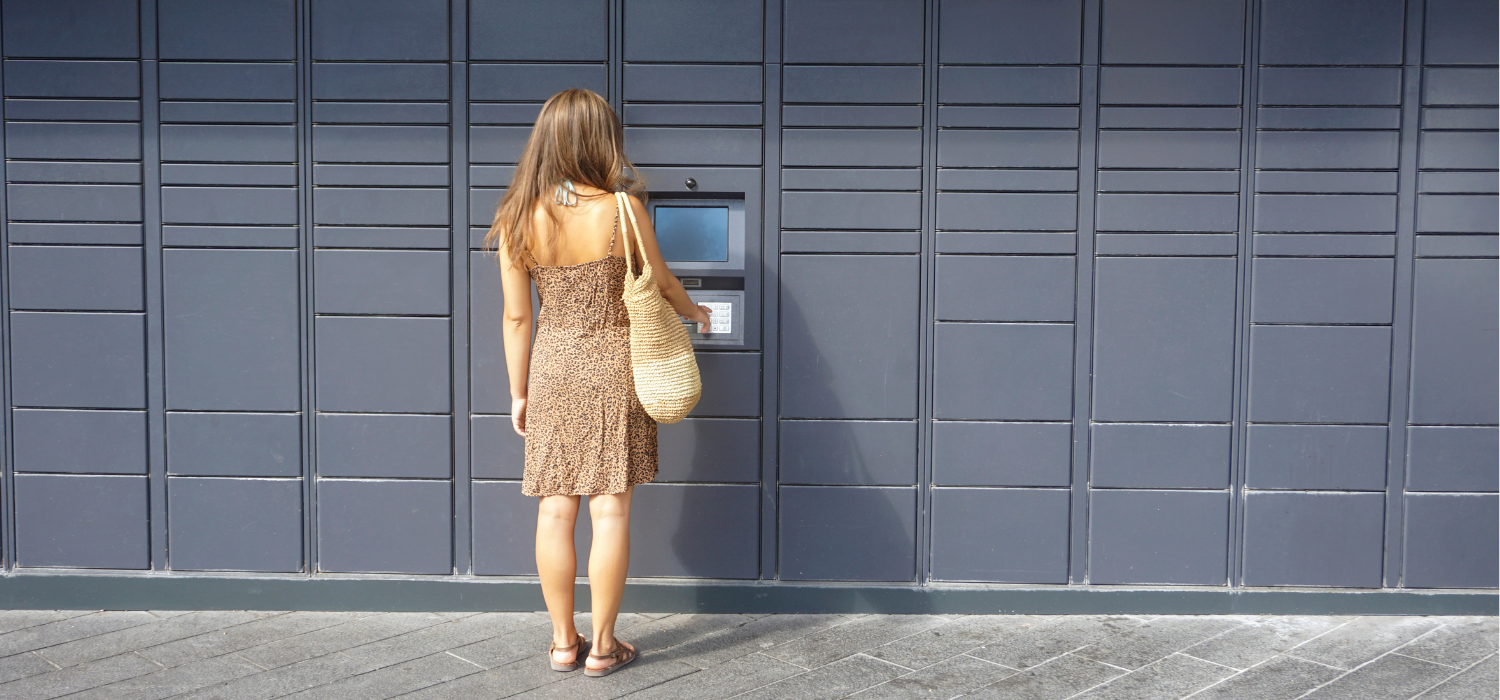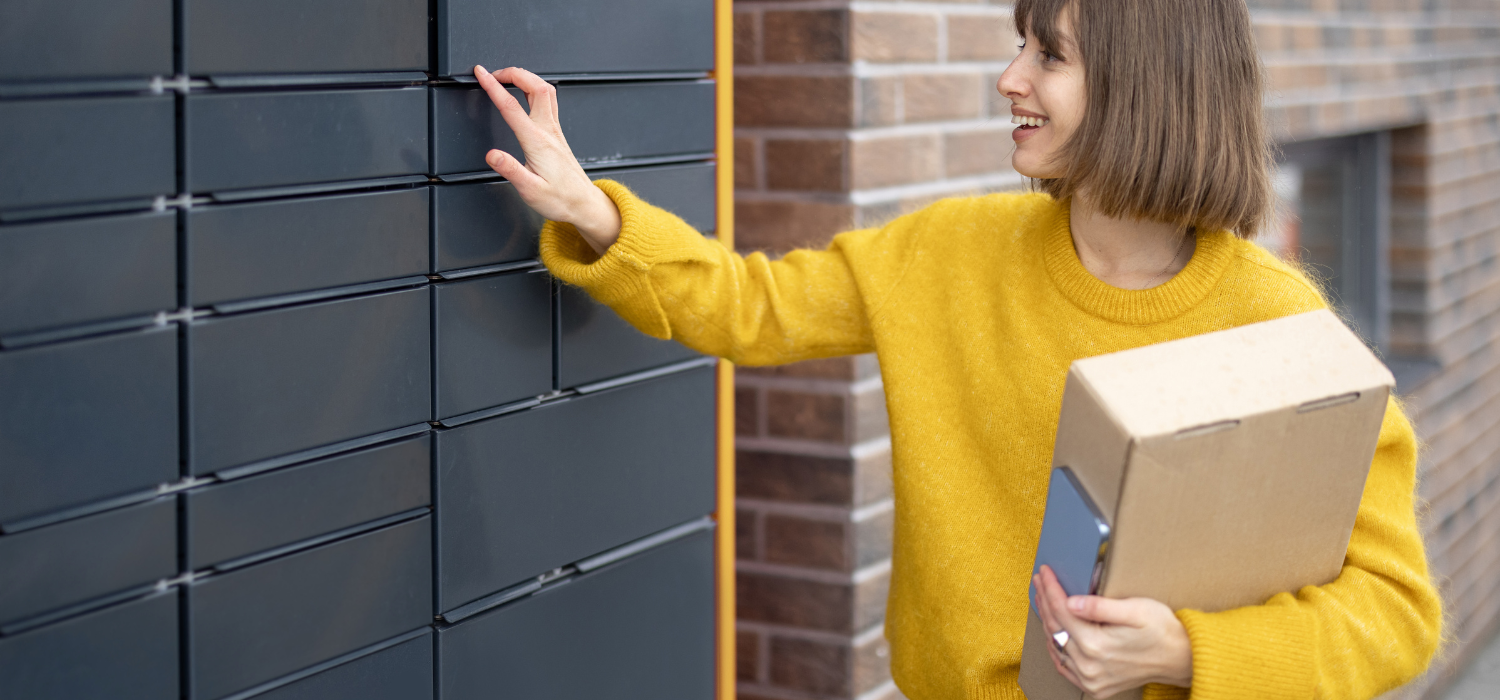According to a recent study published in the Journal of Supply Chain Management, returns of goods purchased online grew by 30 percent year-on-year in 2020.
Indeed, it is becoming increasingly common for consumers to return products that, for various reasons, do not meet expectations once received. In fact, according to data from the Narvar Consumer Report, 48 percent of online shoppers have returned at least one transition in the past year, while 40 percent buy more items than they actually intend to keep.
For this reason, a good return policy is critical to ensuring a better shopping experience for their customers, so much so that as we have also recounted here by providing five practical tips to improve return policy, 92 percent of consumers say they are more incentivized to complete an online purchase thanks to a more flexible policy, 49 percent check an eCommerce’s return policy before proceeding with a purchase, and 22 percent forgo an online purchase if there is no return option.
The consequences of Reverse Logistics.
The increase in returns, however, inevitably also represents a challenge, as well as a cost, for eCommerce, so much so that it is estimated that each return costs an online store an average of 12.50 euros.
In addition, the environmental impact is also not to be underestimated: returning a product means making it travel the opposite route to the one already faced for delivery, with significant consequences for air pollution and road congestion in urban areas.
It is therefore possible to act on two fronts: reducing the number of returns and finding more environmentally sustainable revers logistics solutions. How?
1. Augmented reality to reduce returns
Thanks to technological innovation, it is now possible to integrate solutions that allow consumers to virtually try on a product so as to reduce the possibility that they will be dissatisfied once they receive their order. We are talking, for example, about augmented reality that allows customers to virtually wear a dress (43 percent of returns, in fact, would be related to errors in the choice of the size of an item of clothing), test make-up on their face, see a product in 3D or virtually place a piece of furniture in a room, before proceeding with the final purchase of the same.
In fact, according to the study “The Future of Shopping” carried out by Snapchat and conducted by Foresight Factory, in Italy the use of augmented reality during the purchasing process has made it possible to avoid 37 percent of clothing returns, potentially saving 272 million euros.
This innovative technology has already begun to make its way into the shopping experience of Italian e-shoppers, so much so that 13 percent of consumers say they have already experimented with this technology, while 56 percent say using augmented reality has encouraged them to buy something.
Also according to the study, augmented reality will be exploited by about 30 percent of users belonging to the so-called Generation Z by 2025.
2. Proximity logistics solutions to reduce environmental impact.
Improving one’s return policy and integrating innovative technology solutions therefore allows to improve users’ shopping experience and reduce the number of returns, but this does not mean completely zeroing out the numbers of reverse logistics.
For this reason, it is important to provide logistics solutions that can significantly reduce the environmental impact of reverse logistics.
In addition, customers appreciate being able to choose alternative solutions to the more classic home delivery. Lockers and Pickup Points, for example, offer consumers not only the possibility of choosing where and when to pick up and deliver their package, with greater flexibility and without having to wait at home for couriers, but also a viable alternative in terms of sustainability and environmental impact. In fact, 23% of consumers say they are well prepared to use this service to make their returns.
But how do you integrate your eCommerce channel with Lockers and Pickup Points across the country?
GEL Proximity takes care of that: thanks to our new technology, in fact, you will only need to open a user account on our platform to start using our returns service and take advantage of thousands of Proximity solutions throughout the country.
Whenever a customer wants to make a return, they simply have to enter their data on the dedicated page, choose the delivery point, print the label to be affixed to the package and proceed with the return.
If you want to optimize your customers’ shopping experience while improving your return policy and your environmental impact, contact us now for more information.








